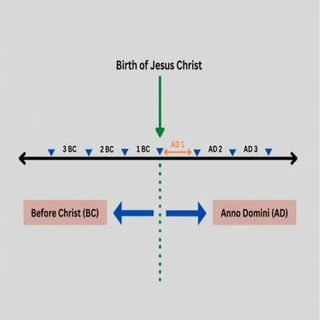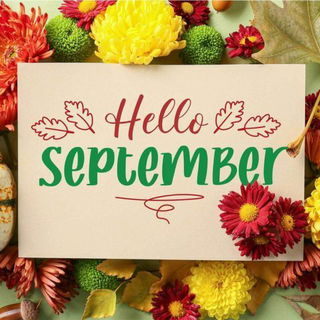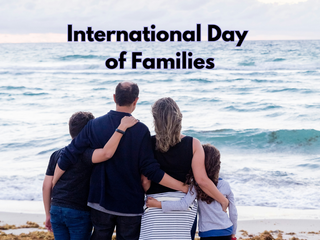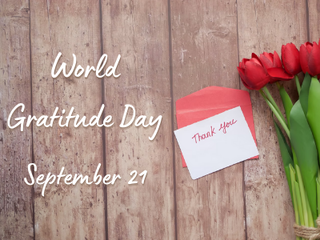- Calendar
- Calendar 2026
- September
- International Day of Sign Languages
International Day of Sign Languages
Every year on September 23, the world comes together to celebrate International Day of Sign Languages, a powerful reminder that communication has no limits.
This global observance shines a spotlight on the importance of sign languages in protecting the linguistic identity and cultural diversity of deaf communities everywhere.
It’s a day that celebrates the richness of visual language while championing every individual’s right to communicate and be understood, fostering both awareness and inclusion.
Whether you're fluent in sign language or just starting to learn, this day is a chance to connect, support, and advocate for a more inclusive world.
International Day of Sign Languages Theme
The theme for International Day is “Set the basis for the future: together we can innovate, inspire, and impact! Deaf communities are innovative communities!”
Background
The International Day of Sign Languages (IDSL) was officially declared by the United Nations General Assembly in 2017.
The date marks the anniversary of the World Federation of the Deaf (WFD), established in 1951, a global group dedicated to standing up for the rights and well-being of deaf individuals worldwide.
The first celebration took place in 2018, under the theme “With Sign Language, Everyone is Included.” Since then, IDSL has grown into a global movement that not only celebrates the beauty of sign languages but also raises awareness about the barriers faced by the deaf community and pushes for greater accessibility, education, and equality.
The day is part of the broader International Week of the Deaf, a tradition that dates back to 1958, also led by the WFD.
Together, these observances highlight the critical importance of sign languages as a full and natural means of communication, not just for the deaf community, but for inclusive societies everywhere.
History of Sign Languages
The history of sign language is rich, diverse, and deeply rooted in human communication.
Long before formal systems existed, people used gestures and expressions to communicate across barriers, especially in communities where spoken language wasn’t always an option.
In ancient times, philosophers like Socrates speculated that if humans couldn't speak, they’d naturally use signs and body movements to express their thoughts.
Despite this early recognition, some influential figures like Aristotle believed deaf individuals couldn’t learn, which led to centuries of misunderstanding and marginalization.
Fast-forward to the 16th century, a major shift began. Spanish monk Pedro Ponce de León challenged stereotypes by teaching deaf students through visual methods.
Shortly after, Juan Pablo Bonet published one of the earliest known books on deaf education, introducing a manual alphabet and methods for teaching deaf individuals to communicate effectively.
The real turning point came in 18th-century France, where Charles-Michel de l’Épée, a priest, developed a standardized form of sign language based on the natural gestures used by his deaf students.
He established the world’s first free public school for the deaf in Paris and laid the foundation for modern deaf education. His system later influenced the development of other sign languages, including American Sign Language.
In the early 1800s, ASL began to take shape when Thomas Gallaudet, an American educator, teamed up with Laurent Clerc, a deaf French teacher.
Together, they founded the first deaf school in the United States, blending French Sign Language with local home signs and regional dialects like Martha’s Vineyard Sign Language. This fusion gave birth to what we now recognize as ASL.
However, the journey wasn’t smooth. In 1880, the Milan Conference pushed for oralism, a method focused solely on teaching deaf individuals to speak and lip-read.
Sign languages were banned in many schools, leading to a long period of decline and stigma.
Despite these setbacks, Deaf communities continued to use sign language in their daily lives, preserving it in secret and passing it down through generations.
The tide began to turn in the 1960s when American linguist William Stokoe published groundbreaking research proving that ASL was a legitimate language with its own grammar and structure.
This discovery helped revive sign language education and encouraged wider recognition of Deaf culture. In 2010, the Milan Conference’s earlier decision was formally rejected, and the value of sign languages was reaffirmed.
Today, over 130 national sign languages are used around the world, many of which have gained legal recognition and are now part of inclusive education systems.
To overcome linguistic barriers, international events like the Deaflympics also use International Sign.
The evolution of sign language reflects the strength, creativity, and resilience of Deaf communities, proving that communication has no limits when language is made visible.
How to Participate in International Day of Sign Languages
Learn basic sign language. Start with simple signs like “hello,” “thank you,” and “I love you.” Free videos, apps, and online tutorials make it easy to begin.
Spread the word on social media. Share facts, stories, or videos about sign language and deaf culture using hashtags like #SignLanguagesDay and #IDSL to help raise awareness.
Attend or host events. Look out for local or virtual workshops, webinars, or cultural programs. Some communities organize sign language classes, performances, or awareness campaigns.
Support Deaf creators and businesses. Follow Deaf influencers, watch signed content, and buy from Deaf-owned businesses to amplify their voices.
Encourage inclusive spaces. Talk to schools, workplaces, or organizations about offering sign language training or adding interpreters to events.
By participating in this day, you’re helping build a world where communication is truly for everyone, whether spoken or signed.
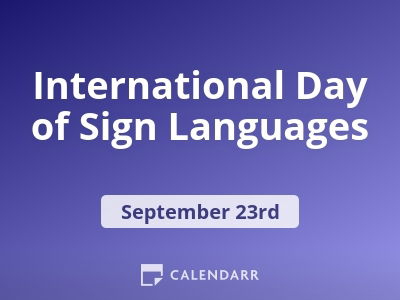
Other Celebrations
-
Feb 21 Fri
-
Apr 29 Tue
-
May 12 Mon
-
Jul 01 Tue
-
Aug 12 Tue
-
Sep 21 Sun

International Day of Sign Languages - Next years
Thursday, 23 September 2027
Saturday, 23 September 2028
Sunday, 23 September 2029


